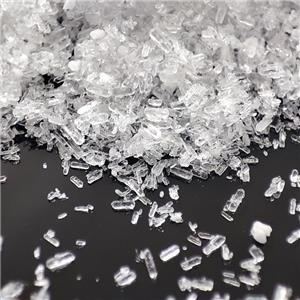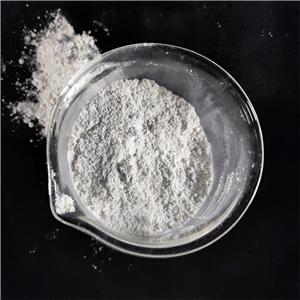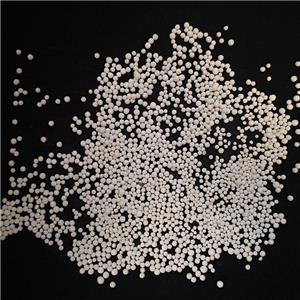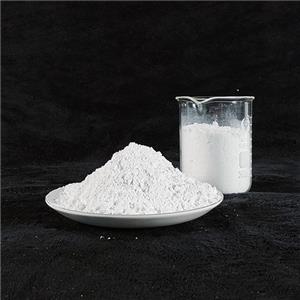What is magnesium hydroxide used for in wastewater?
Magnesium hydroxide (Mg(OH)₂) plays a significant role in wastewater treatment processes due to its chemical properties and effectiveness in neutralizing acidic conditions. Mag hydroxide For Dyeing Sewage is primarily used in treating industrial wastewater, municipal sewage, and in processes where pH adjustment is necessary. Below is a discussion of the key uses and benefits of magnesium hydroxide in wastewater treatment.
1. PH Adjustment
One of the primary applications of magnesium hydroxide in wastewater treatment is to raise the pH of acidic wastewater. Many industrial effluents, such as those from metal processing, pulp and paper mills, and chemical manufacturing, have low pH due to the presence of acidic compounds. If left untreated, acidic water can corrode pipes, damage treatment equipment, and hinder the natural biological treatment processes in sewage systems. Mag hydroxide For Dyeing Sewage, being a mild alkaline substance, is often used to neutralize these acidic waters. The process involves adding magnesium hydroxide to the wastewater, where it reacts with hydrogen ions (H⁺) in the water, forming magnesium ions (Mg²⁺) and water, thereby increasing the pH.
The reaction can be represented as:
This neutralization process not only stabilizes the pH but also helps to create a more favorable environment for biological treatment organisms, such as bacteria and algae, which thrive in neutral to slightly alkaline conditions.
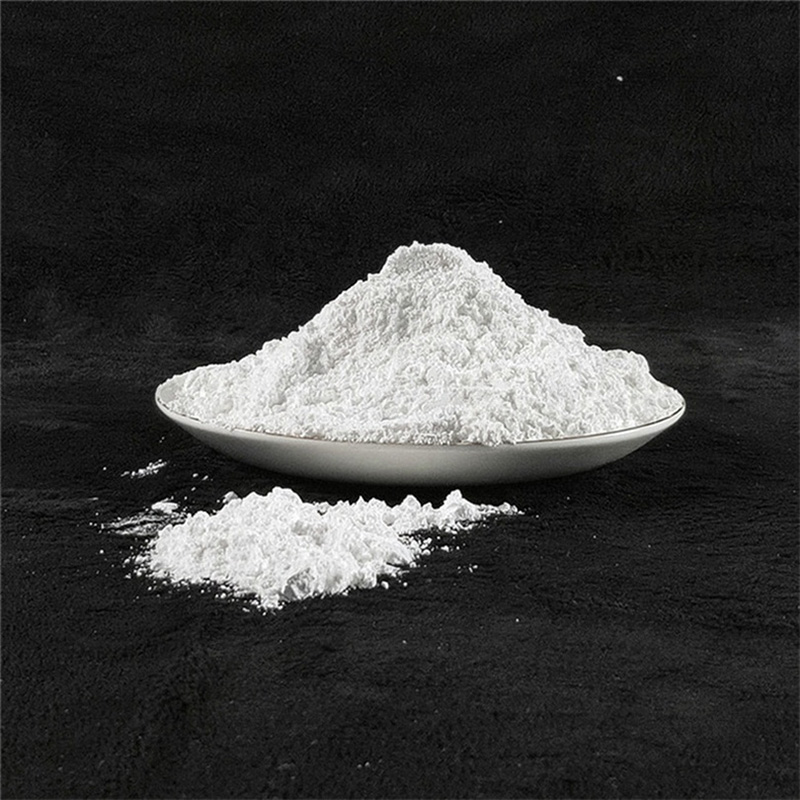
2. Removal of Heavy Metals
Mag hydroxide For Dyeing Sewage is also effective in removing heavy metals such as lead, mercury, cadmium, and copper from wastewater. These metals, when present in high concentrations, can be toxic to aquatic life and human health. Magnesium hydroxide interacts with dissolved heavy metals, causing them to precipitate out of the water in the form of metal hydroxides. For example, copper ions (Cu²⁺) can form copper hydroxide (Cu(OH)₂), which is insoluble in water and can be removed from the wastewater through filtration or sedimentation.
This process is particularly useful in industries like mining, electroplating, and battery manufacturing, where heavy metal contamination is a significant concern. The precipitation of these metals reduces the environmental impact of wastewater discharge and ensures that the water meets regulatory discharge standards.
3. Sludge Conditioning
In addition to pH adjustment and heavy metal removal, magnesium hydroxide is used as a sludge conditioning agent. In wastewater treatment plants, sludge is generated as a byproduct of the treatment process. Mag hydroxide For Dyeing Sewage helps in the stabilization and dewatering of sludge, making it easier to handle, transport, and dispose of. It promotes the formation of larger, more stable flocs, which enhances the separation of solids from liquids. This process not only improves the efficiency of the treatment plant but also reduces the volume of sludge that needs to be processed or disposed of.
4. Odor Control
Another benefit of magnesium hydroxide in wastewater treatment is its ability to control odors, especially in sewer systems and treatment plants. In anaerobic environments, such as in sewage treatment facilities, sulfur compounds like hydrogen sulfide (H₂S) can form, leading to foul-smelling odors. Magnesium hydroxide can help reduce the production of hydrogen sulfide by neutralizing the acids that contribute to its formation. By maintaining an alkaline environment, magnesium hydroxide prevents the release of these offensive gases, improving air quality and reducing the need for costly odor control systems.
5. Cost-Effectiveness and Environmental Benefits
Mag hydroxide For Dyeing Sewage is considered a cost-effective alternative to other alkaline substances, such as lime (calcium hydroxide), which is commonly used for pH adjustment in wastewater treatment. It is less corrosive and safer to handle, reducing risks associated with storage and application. Additionally, magnesium hydroxide has a lower environmental footprint, as it generates fewer greenhouse gas emissions during its production and application.
Conclusion
Mag hydroxide For Dyeing Sewage plays a vital role in wastewater treatment by neutralizing acidic conditions, removing heavy metals, conditioning sludge, and controlling odors. Its effectiveness, cost-efficiency, and environmental advantages make it a valuable tool in modern wastewater management. As industries and municipalities continue to prioritize sustainable water treatment practices, the use of magnesium hydroxide is likely to expand further, contributing to cleaner and safer water systems.

